OIL PAINTING ON CANVAS
Dimensions with frame: 190x130 cm
It is a coeval copy created by a skilled painter of the Veronese circle.
Paolo Veronese
______________________________________
Paolo Caliari, called the Veronese (Verona, 1528 - Venice, April 19, 1588), was an Italian Renaissance painter of the Republic of Venice.
His formation took place in his native Verona, but of great importance for the influences that they had on his art and his career were also the youthful experiences made first in the Treviso and then in Mantua, at the Gonzaga court. Later he moved to Venice, where he became known as "the Veronese", and where from 1556 he resided almost permanently until his death, obtaining significant successes from the beginning of his lagoon stay.
In 1566 he married Elena Badile, daughter of her first master Antonio Badile, from whom he had five children, including Carlo (20 July 1570 - 1596) and Gabriele (1568 - 1631) who, with the brother of Paolo, Benedetto, were his main ones Collaborators and who, after his death, continued, in a modest outcome, the activity of Bottega, now among the major of Venice, sometimes by collectively signing their works with the wording Heredes Pauli Caliari Veronensis.
Attracted from his debut tests with mannerist innovations rather than by the anti -west style of his first Veronese masters, Caliari will hold this matrix still after the settlement in Venice. In fact, although certainly drawing on the great Venetian tradition, then embodied by Tiziano and the nascent genius of Tintoretto, Paolo maintained, also in the lagoon, an artistic identity "other", "forest". In the painting of Veronese, in fact, the design will always be, with the partial exception of its extreme production, a central value, while it was not in the coeval Venetian painting, and so also the treatment of color will be different from the native tradition: the Veronese, In fact, the tonalism will never completely make its own (another basic characteristic of the Venetian painting of the time), but it will prefer a use of net and lively color, with well -defined and characterized backgrounds, in a different way from tonal painting, by determined cangiantism.
Its legacy for the subsequent developments of painting in the lagoon will be relevant, where in late Baroque masters masters such as Sebastiano Ricci and even more the Tiepolo will evidently resume the example.
Outside the Venetian area Forte was the influence of Caliari on the Bolognese Annibale Carracci and before even on the brother of these Augustine who in partnership with Paolo himself dedicated himself to a lucky activity of incidential translation of the pictorial production of Veronese. Through the Carracci the art of Paolo Caliari will become one of the important components of the Italian Baroque Ventura painting.
The work will be sent inside a wooden case and will be accompanied by certificate of authenticity



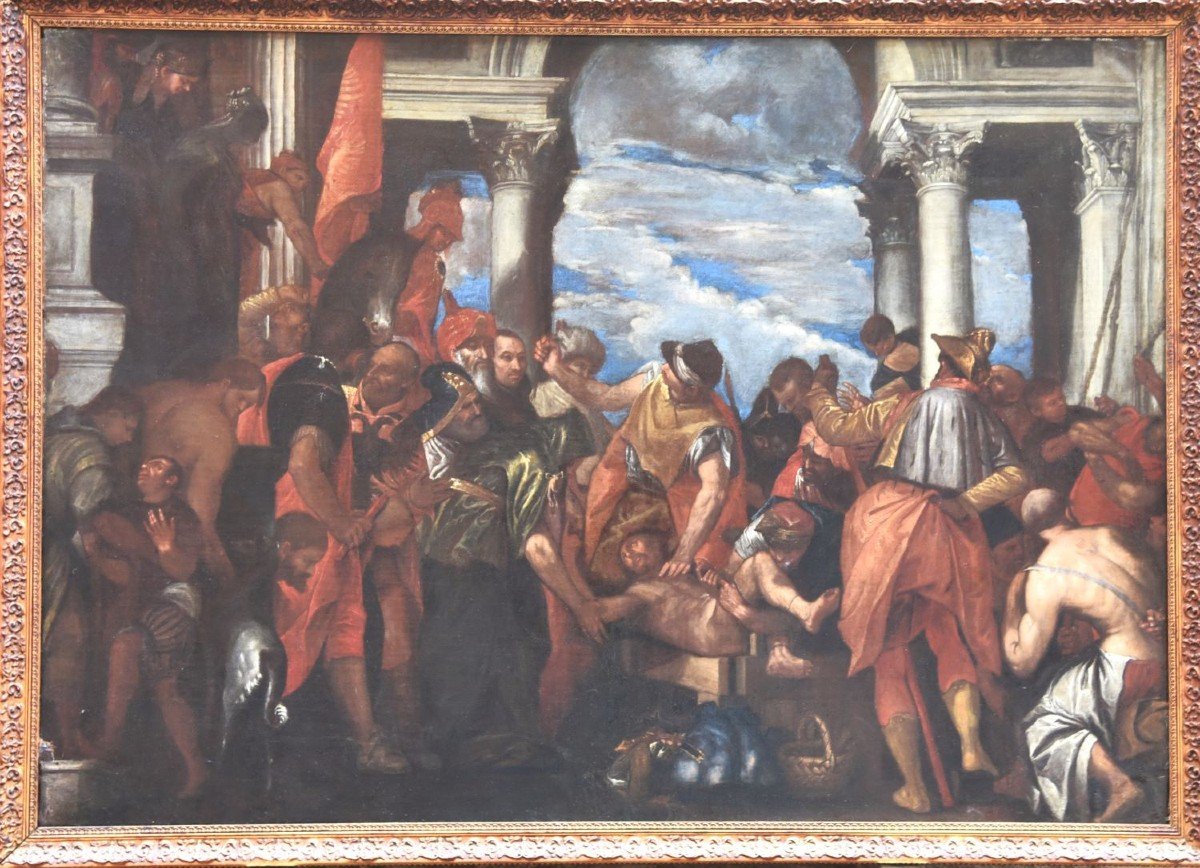


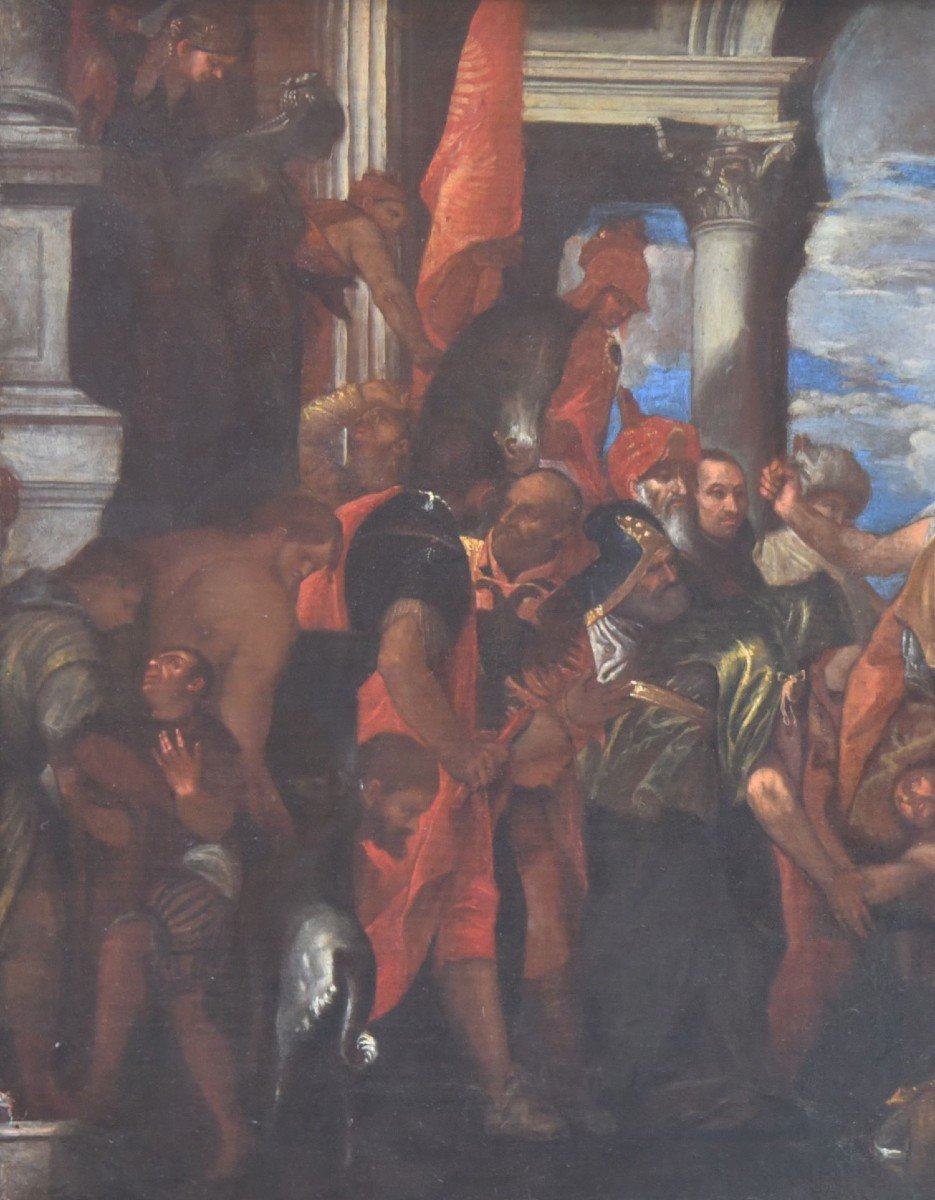
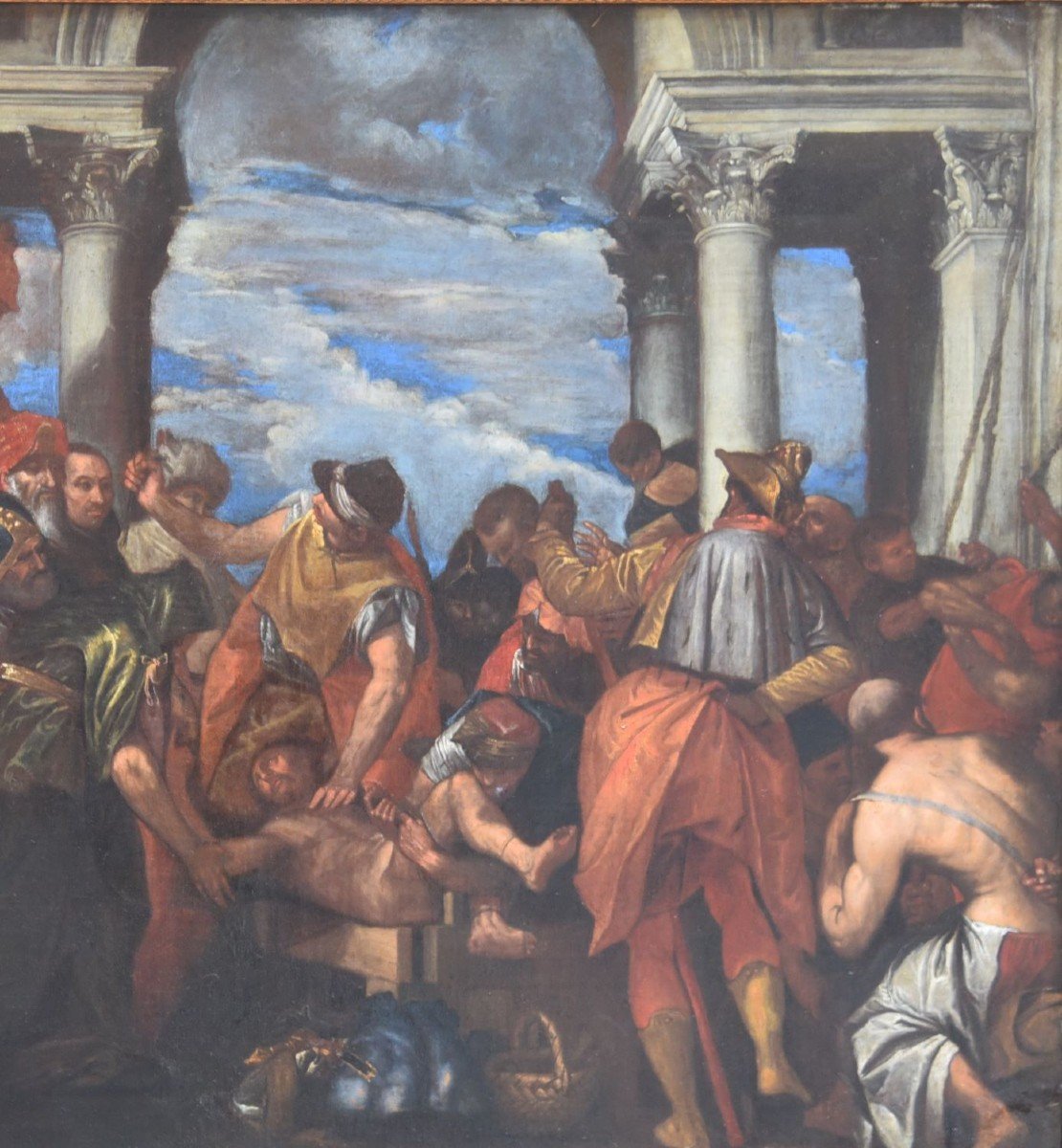
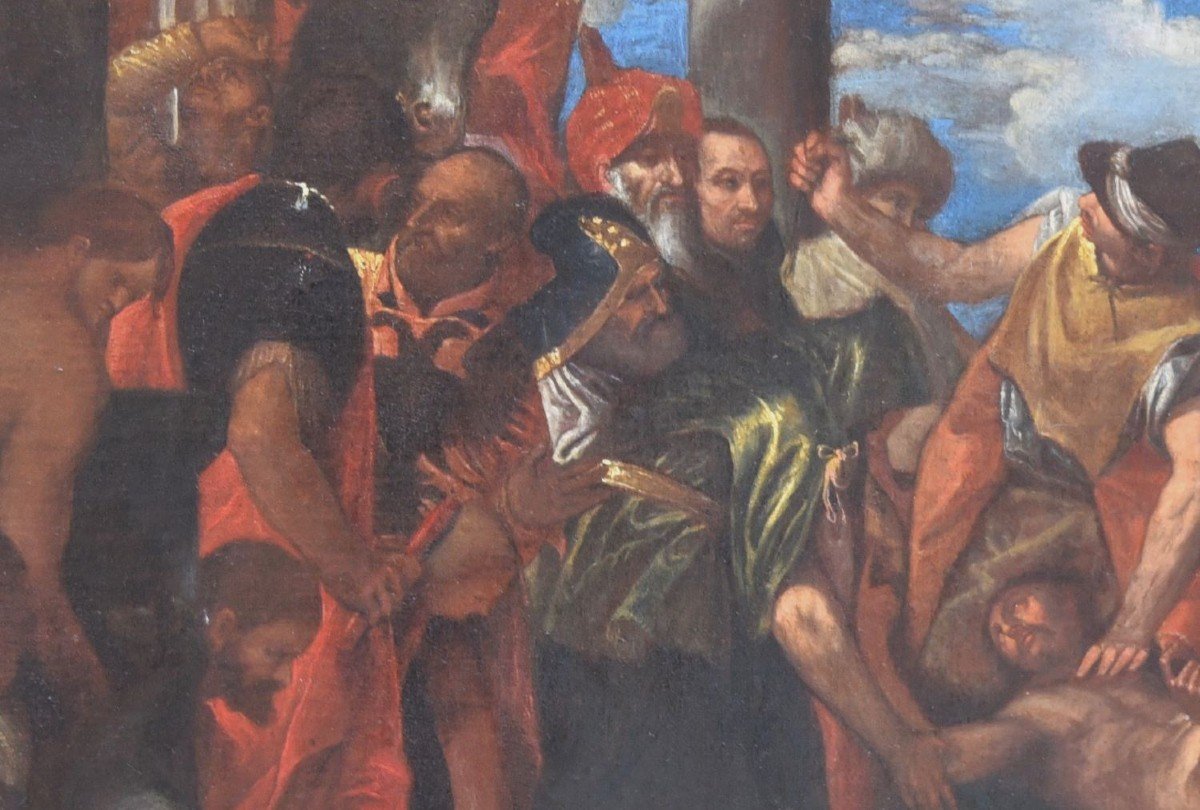
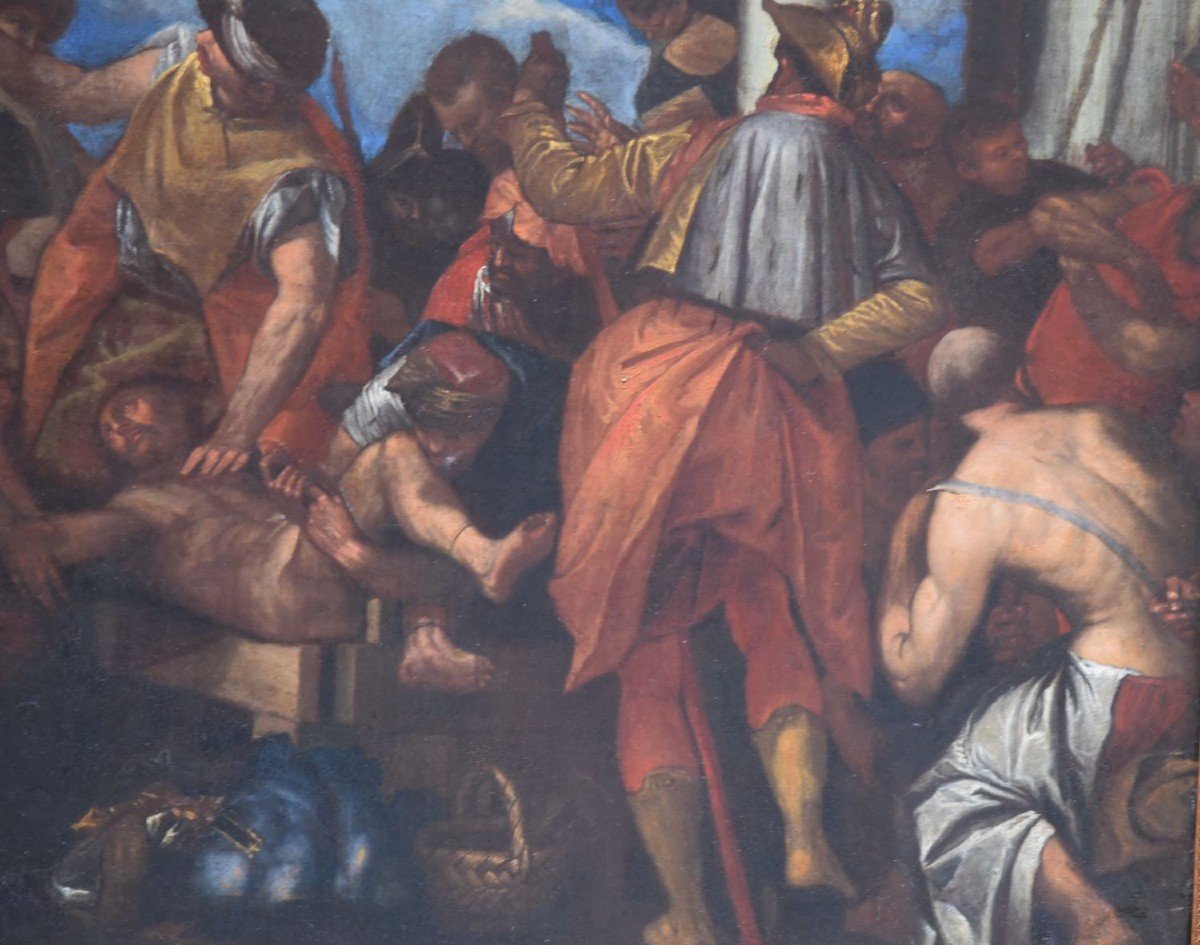
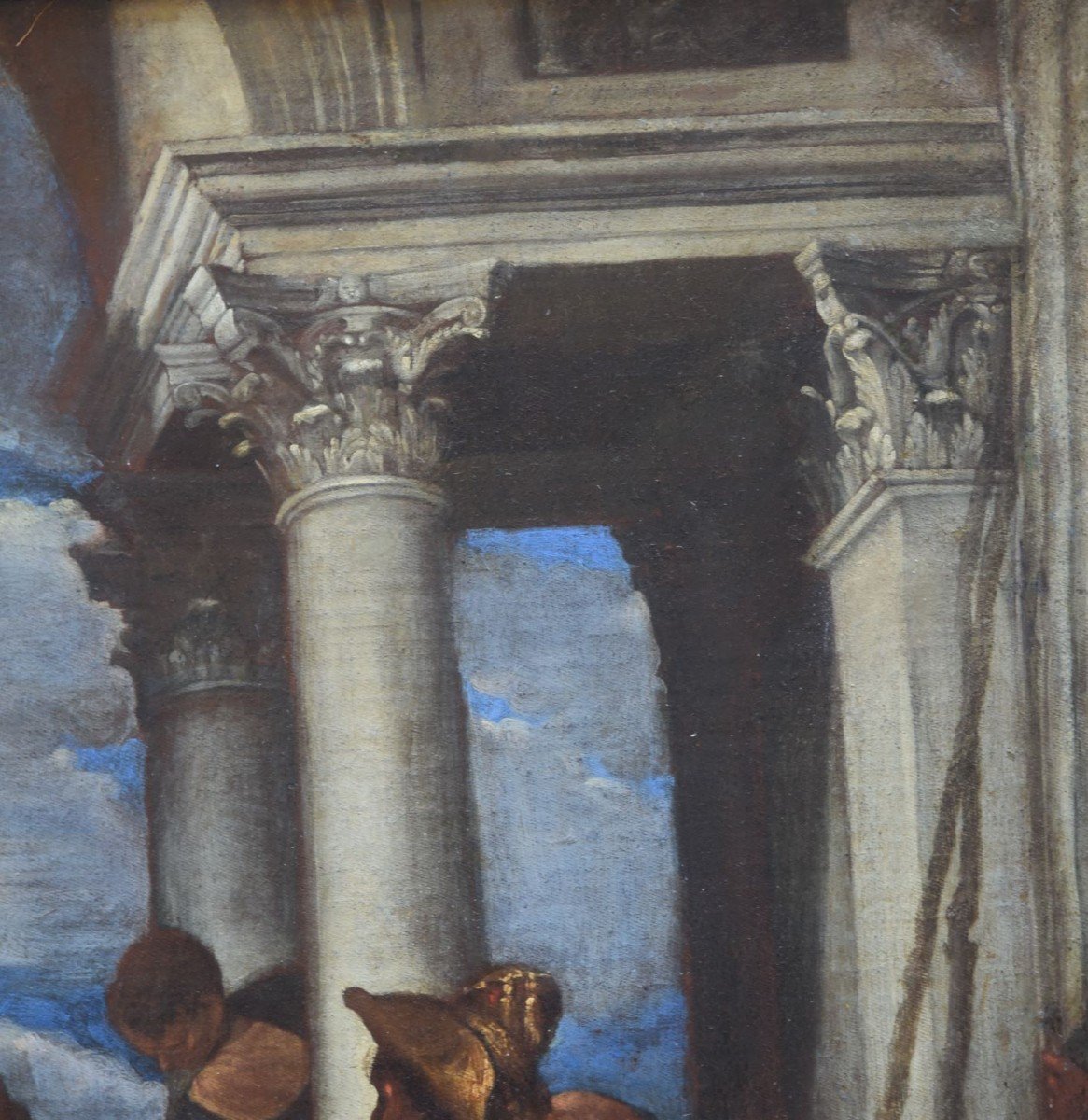

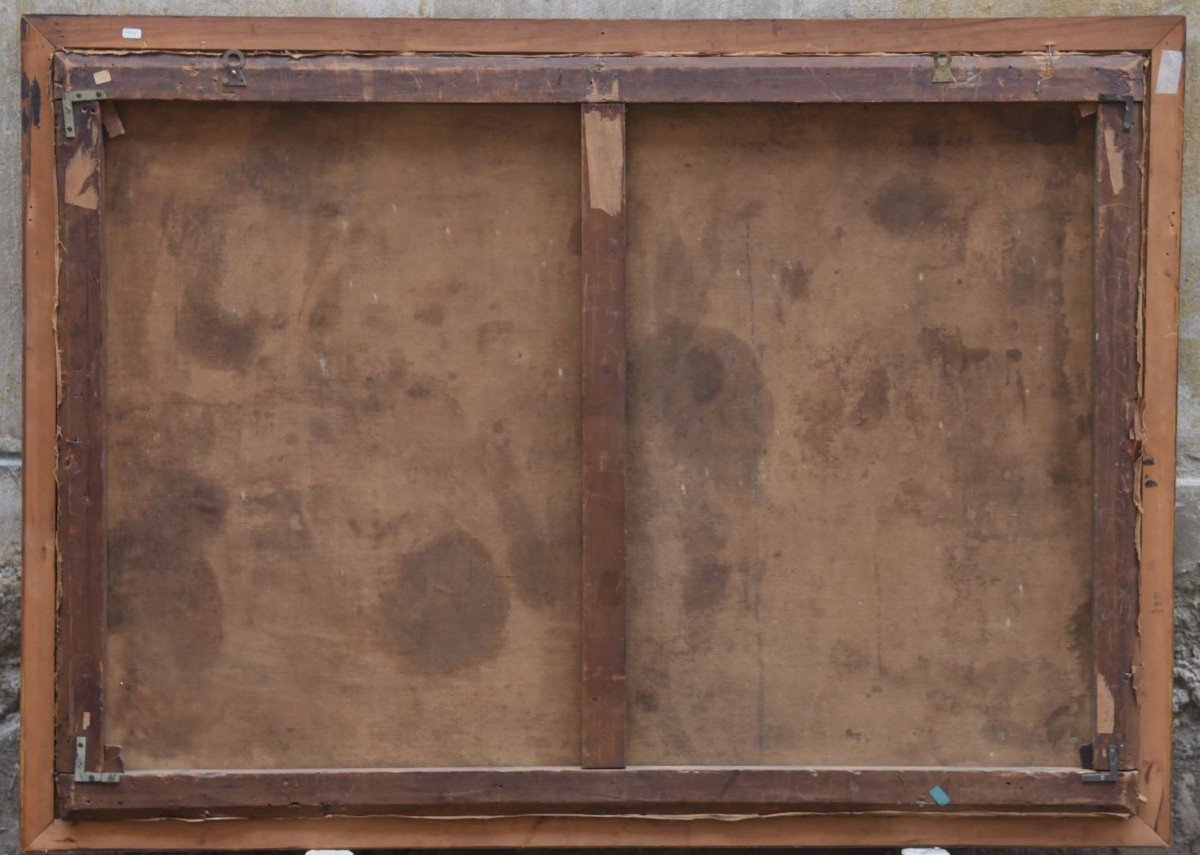
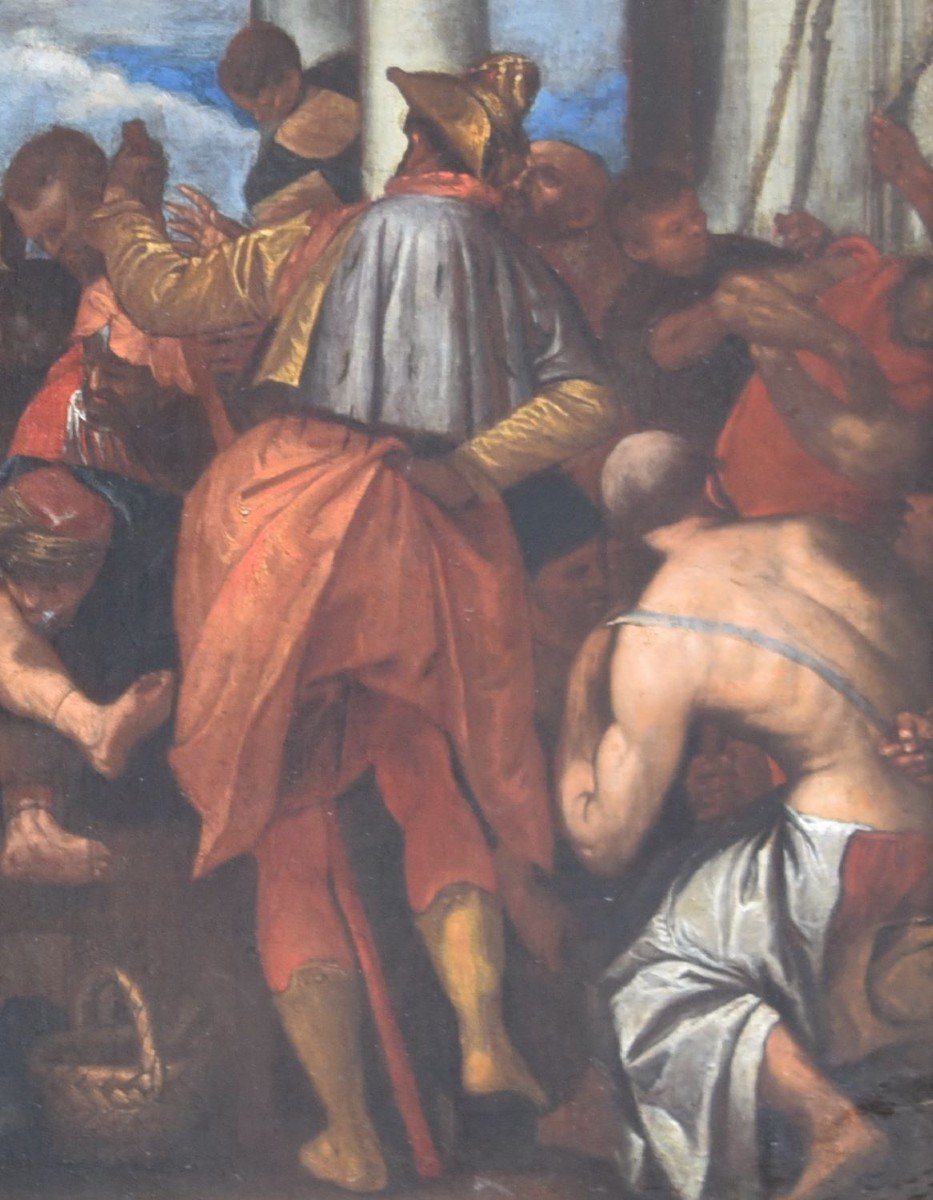

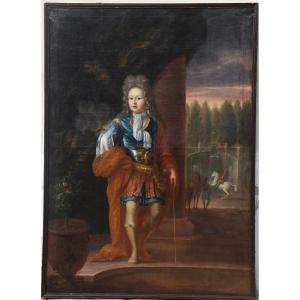
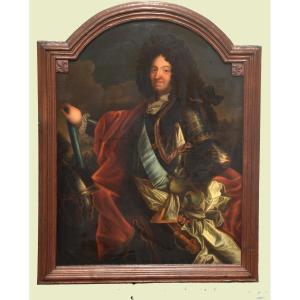
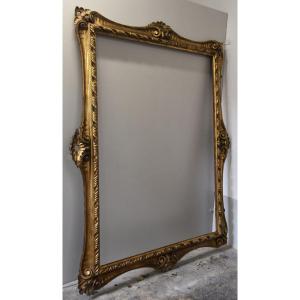


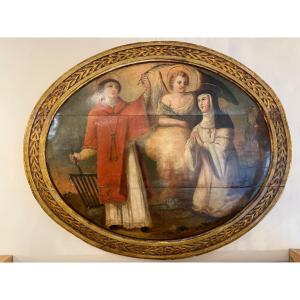

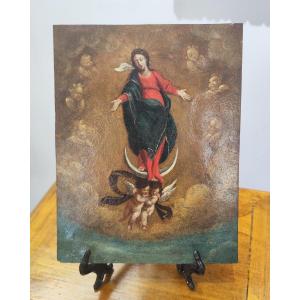
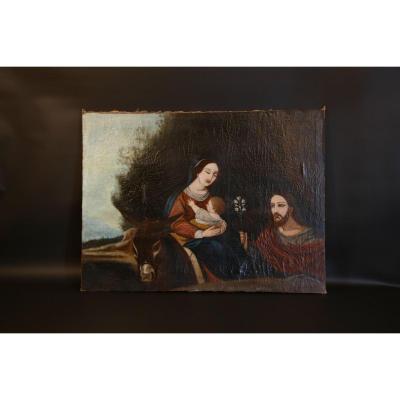

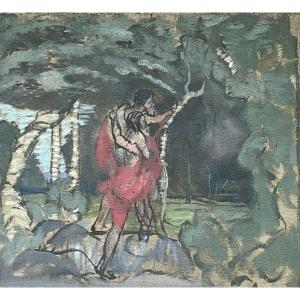



 Le Magazine de PROANTIC
Le Magazine de PROANTIC TRÉSORS Magazine
TRÉSORS Magazine Rivista Artiquariato
Rivista Artiquariato
